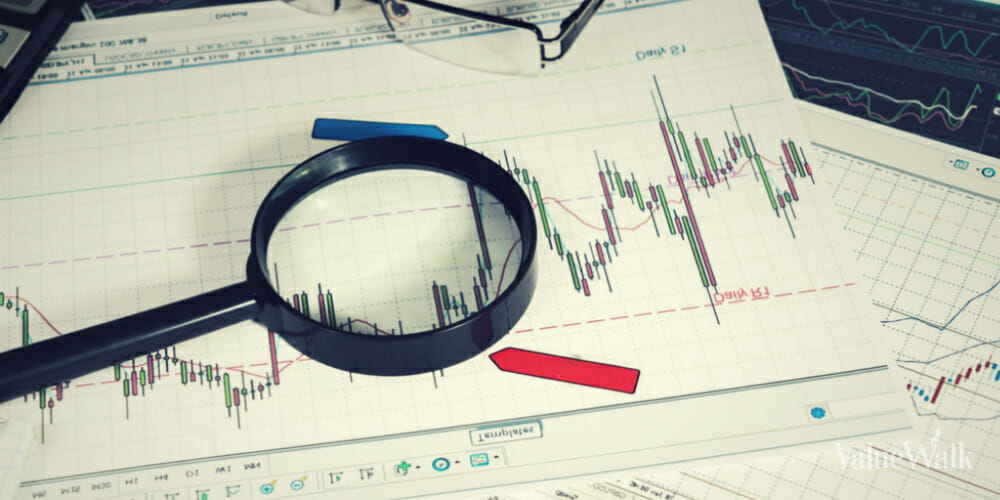Valuing The Market Based On The Number Of Net-Nets? via SG Value Investor
Many are familiar with market valuation indicators such as trailing, median P/E ratio, P/B and dividend/price ratio. In this article, I am not explaining the use of such indicators but wanted to introduce one that is relatively not known to many these days. Personally, I only found out about it recently, given my preference of using the long favored market valuation ratio, one even Warren Buffett pointed out to be ‘probably the best single measure of where valuations stand at any given moment.’ That would be the ratio of Total Market Capitalization to US GDP (TMC/GDP), which would stand at approximately 1.241 as of today, indicating that markets are significantly overvalued.
Everyone would be familiar with the term ‘Net-Net’ coined by the great Benjamin Graham, which just means to a company being priced below the value of its current assets less all liabilities. While we understand the implications of a company being a net-net, what are the implications when used on a market level?
Based on research done, just from the number of net-net companies compared to the S&P 500 Return, we are able to have a feel of the valuation of the market.
From the research conducted by Graham Theodore & Co. Ltd., we are able to observe the inverse relation between the number of net-nets in the market and the S&P 500 Return. The greater the number of net-nets, it would indicate a more bearish market, with market valuations on the low side and vice versa. With that said, looking at the current market today (NYSE MKT LLC, NYSE, NASDAQ) there are only a total of 59 net-net companies and the average annualized returns from 2012 to present would be approximately 21%. Compared to the initially mentioned TMC/GDP ratio, it would indicate that market valuations are indeed overvalued.
Looking at past history, the highest point TMC/GDP ever reached was 1.48 during the technology bubble in 2000. What does it mean for us going forward now? I am not saying that we should all start winding down our portfolios and sit on cash, however, it would be best that we hold a larger proportion of our portfolios in cash and consider realizing profits for companies nearing their fair value.





